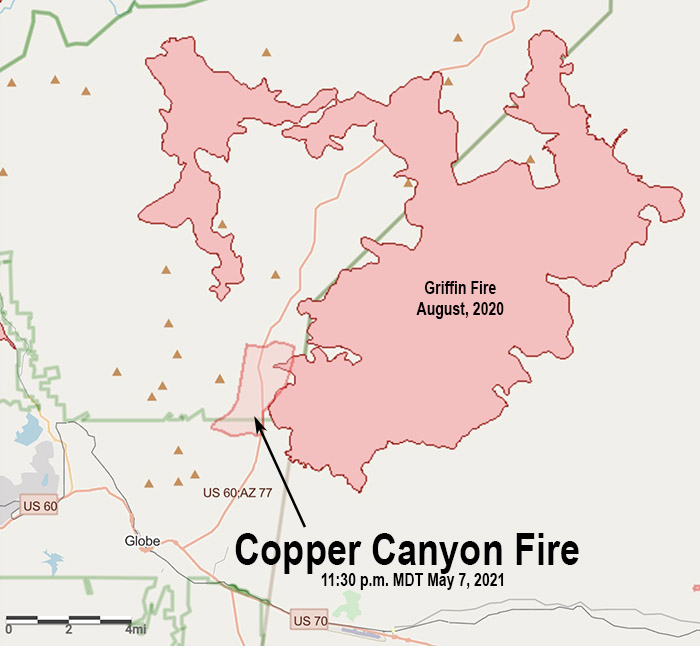
Crew Medical Program — Structure and Guidelines
By Liam DiZio, Pioneer Peak Interagency Hotshot Crew
Lacking from documents outlining wildland fire crew structure are guidelines for a crew medical program. With 20+ crewmembers, crews are often their own best resource for coordinating patient care and extraction. Crew medical programs, then, must be based on this principle of self-sufficiency. This document aims to outline a sample crew medical program structure defining personnel structure, training, equipment, and standard operating procedures (SOPs) to support a strong crew medical program. The goal of this document is to serve as a resource for crew medics and further the goal of standardizing robust crew medical programs in wildland fire. This document applies to any regularly organized wildland fire crew.
Medical Program Personnel Structure
Structuring a crew’s medical personnel ensures a consistent product of patient care and equipment accountability year to year. The suggested structure looks as follows:
Lead Medic
Assistant Medic
Line Medic Line Medic
Duties of above personnel are described below.
Lead Medic
The lead medic is the top of the accountability hierarchy for crew medical equipment and care. The lead medic begins the season by coordinating early season medical training and supply logistics. They then then maintain and inventory crew medical equipment and ensure the correct complement of crew medical gear makes it to the fireline daily. The lead is also responsible for patient care and associated medical paperwork. Lastly, the lead medic maintains a relationship with support personnel, taking advantage of training opportunities and organizing seasonal medical supply orders. Success in this position requires daily effort and expertise in a side of fire unknown to most. This role is most appropriate for senior firefighter or below.
Assistant Medic
The assistant medic is responsible for assisting the lead in all duties. The assistant serves as an additional point of contact for crewmembers and assumes lead’s function in their absence or in split squad configuration. Assistant medics should be familiar with all crew medical equipment, medical paperwork, medical supply logistics, and training needs. This role is most appropriate for senior firefighter or below.
Line Medic
Line medics are additional designated medical personnel on the crew. Having two additional line medics ensures that medical knowledge is spread throughout squads and tool/saw teams. Line medics are accountable for crew medical gear on the fireline and patient care in a trauma scenario. Line medics are familiar with contents and function of crew medical equipment. This role is most appropriate for senior firefighter or below.
All four designated medics should hold current EMT-B qualifications or above, ideally supplemented with real world experience. Successful crew medics come from various backgrounds such as civilian EMS, military medicine, and ski patrol. Further qualifications and endorsements allow the crew to carry additional equipment such as IV/IO fluids, various drugs, and advanced airway products.
Training
At the beginning of each season, all crewmembers require some form of medical refresher. This training can occur over one or more days of critical training. Training evolutions should include lecture, hands on skills practice, CPR certification, and medical scenarios.
Lecture
Taught by the lead and assistant, a medical lecture should include information on the crew’s medical equipment, medical mentality, medical incident SOPs, basic trauma care, common fireline medical emergencies, and minor fireline medical issues. Crewmembers should also be briefed on who their lead/assistant/line medics are and the crew SOP for calling out a medical incident on the radio.
Skills Practice
Following the lecture, crewmembers cycle through skills stations learning hemorrhage control and crew extraction platform procedures. These are the skills non medically trained crewmembers are most likely to perform in the field. The hemorrhage control station should include hands on tourniquet and wound packing training. The extraction platform station should include simulated carries and lessons on proper platform set-up and storage.
CPR
Professional CPR training can fit anywhere in the crew’s critical training and can be taught by outside resources or qualified crewmembers.
Scenario
Continue reading “Suggestions for a medical program on a hand crew”















